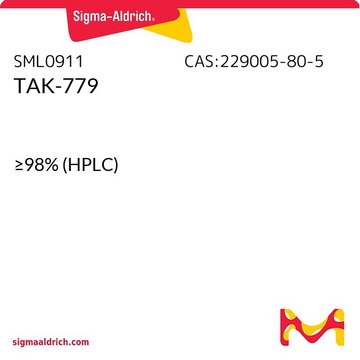W420201
Prenyl acetate
≥98%, stabilized, FG
Synonym(s):
3,3-dimethyl allyl acetate, 3-methyl-2-buten-1-ol acetate, 3-methyl-2-buten-1-yl acetate, 3-methyl-2-butenyl acetate, Isopent-2-enyl acetate
About This Item
Fragrance grade
Halal
Kosher
Recommended Products
biological source
synthetic
Quality Level
grade
FG
Fragrance grade
Halal
Kosher
Agency
follows IFRA guidelines
reg. compliance
EU Regulation 1223/2009
EU Regulation 1334/2008 & 872/2012
Assay
≥98%
contains
α-tocopherol, synthetic as stabilizer
refractive index
n20/D 1.43 (lit.)
bp
151-152 °C/752 mmHg (lit.)
solubility
H2O: insoluble
alcohol: soluble
density
0.917 g/mL at 25 °C (lit.)
application(s)
flavors and fragrances
Documentation
see Safety & Documentation for available documents
food allergen
no known allergens
fragrance allergen
no known allergens
Organoleptic
apple; green; fruity
SMILES string
CC(=O)OC\C=C(\C)C
InChI
1S/C7H12O2/c1-6(2)4-5-9-7(3)8/h4H,5H2,1-3H3
InChI key
XXIKYCPRDXIMQM-UHFFFAOYSA-N
Looking for similar products? Visit Product Comparison Guide
Related Categories
Signal Word
Warning
Hazard Statements
Precautionary Statements
Hazard Classifications
Flam. Liq. 3
Storage Class Code
3 - Flammable liquids
WGK
WGK 1
Flash Point(F)
120.2 °F - closed cup
Flash Point(C)
49 °C - closed cup
Personal Protective Equipment
Regulatory Information
Choose from one of the most recent versions:
Already Own This Product?
Find documentation for the products that you have recently purchased in the Document Library.
Our team of scientists has experience in all areas of research including Life Science, Material Science, Chemical Synthesis, Chromatography, Analytical and many others.
Contact Technical Service








